In recent years, drones have grown very popular, and they’re quite literally capturing the attention of everyone, from professional photographers to kids. Everyone wants to fly away with their drones; sadly, for now, it’s limited to only drones flying around. Drones use the camera mounted, generally underneath, to provide you with live flying-like feedback.
The average flight time for good quality, high-budget drones is about 30 to 35 minutes, and this number reduces drastically for beginner drones.
Thankfully, we’ve got you covered; how? Read ahead to get tips, tricks, and solutions to increase your drone’s average flight time, as well as a detailed overview of the factors that affect a drone’s battery life.
Beginner Drones and Their Flight Times
Like any other hobby or profession, even drones have a layout of ‘beginner,’ ‘intermediate,’ ‘expert,’ and ‘professional.’ Yes, these are drone flying levels, and the more you fly, the more sophisticated you’ll become at it.
A good place to start with is camera drones for beginners, which are not very expensive and not too big to carry around; these drones are available everywhere online. Please stay away from wishing and have a decent enough flight time to help you learn all the basic know-how of flying a drone. An average of 15 to 20 minutes of flying time is found to be sufficient for most beginners, gives ample time to learn the basics, and is available at very affordable prices.
Easy use is prioritized over flight time and camera quality for these beginner drones; these drones come with a ton of electronic aid systems like hover mode, follow mode, auto stability, etc.
In under 20 minutes, you can capture stunning pictures and make beautiful yet fun videos from the height at which these drones fly. Easily transfer the pictures to your phone or laptop using the USB cable, and you can make your social media a drone shots library of the places you visit.
Flight Times and Factors that Influence It
We know you want a drone with a large enough battery life to capture the entire Great Wall of China, but that’s going to take a ton of battery, and that brings us to the first factor that affects battery life and is probably the most important.
Battery life is like a curse; using a high-capacity battery, it’s heavier, adds more weight to the drone, and reduces the drone’s flight time. Yes, it’s an endless loop and the biggest nightmare for drone engineers and us.
So, a sweet spot is a battery that has decent capacity and is not too heavy.
This brings us to the next big factor: the weight. The weight of the drone is one huge factor controlling the flight time; the heavier the drone, the faster it’ll eat up the battery, thereby reducing the flight time. Young drone enthusiasts today have started removing parts from their drones, for example, the propeller brace, the landing brace, etc., all this to gain precious flight time.
Atmospheric temperature and humidity, yes, we’re entering the realm of science and Meteorology; it’s simple: the air density decreases with an increase in temperature and humidity, and the propellers have to work twice as much to achieve lift. In short, humidity? Bad, high temperature? Bad.
Wind speed is another factor; when the drone is flying against the wind speed, it encounters massive drag force. To overcome this, the drone has to double-time its propeller, and this eats through the battery like anything. The overall endurance of the drone suffers due to this; its forward motion against the wind is compromised, and sometimes, the drone is knocked out of the sky into the ground, so wind? Bad.
So, how do we extend the battery life and, subsequently, the flight time? Read below to find out.
Extending the Flight Time for Beginner Drones
There are various steps one can take to make their drone perform better and for longer. Let’s start with the battery; lithium hates the cold and loves the warm, something near 35 °C. One way to do that, if you’re living in a colder climate, is to remove the batteries and put them in your pocket until you’re about to fly the drone; this will allow the battery’s voltage to stay high for a longer period.
Next, we have flying habits or techniques; improving this can also help you get a longer flight duration, less changing of directions and altitude, or doing so gradually or over a longer period. Basically, just making the flight as smooth as possible will prove to be gentle on the battery and help give you an increased battery life as well.
Third comes the weight; yes, reduce weight as much as possible, but be sure not to ditch any crucial components, or you might lose your drone to a circuit failure. Simple math: For every gram removed, you gain 1.5 – 2 seconds of flight time. Reducing the length of the wires can be a good starting point, but only do so if you know what you’re doing.
We recommend looking through the circuit diagram of your drone online or in the literature provided with the drone to avoid any mishappenings.
Also, for beginner drones, avoid GPS and heavy cameras.
Conclusion
Summing up, beginner drones provide an average flight time of 15 to 20 minutes, and that’s enough to get over the basics and make your drone shot movies for social media.
Flight time is greatly affected by many factors, including wind speed and battery temperature. Unleash your drone’s full ability to reach new levels of adventure! Increase flight time by using smoother flying tactics, reducing excess weight, and optimizing battery temperature.
Aerial photography is a skill that can be improved, so up your game and take jaw-dropping pictures. Take advantage of the excitement of longer flights to explore the sky’s endless possibilities.

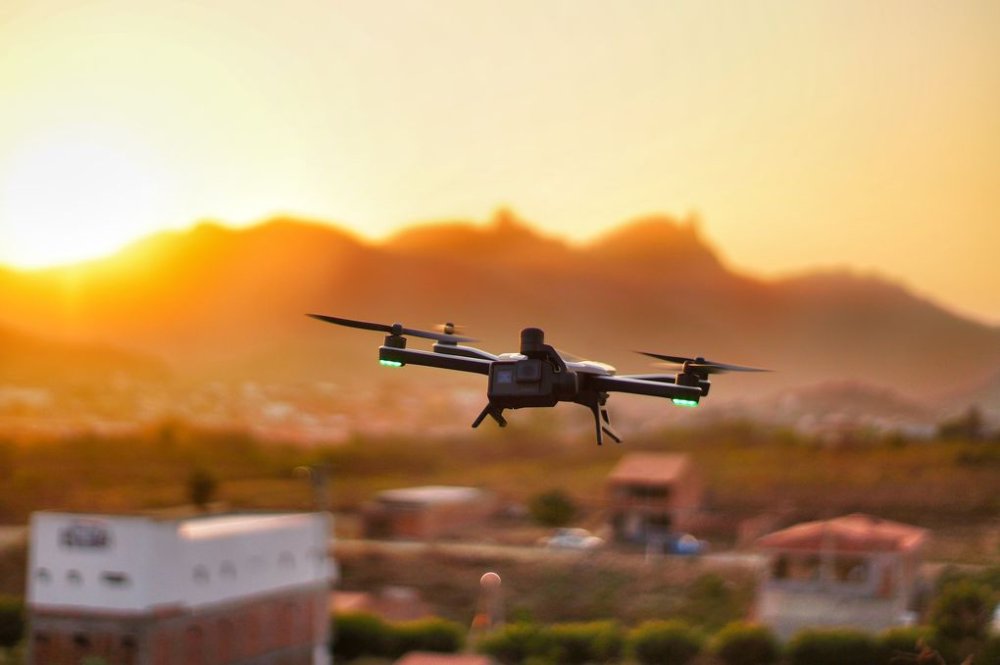

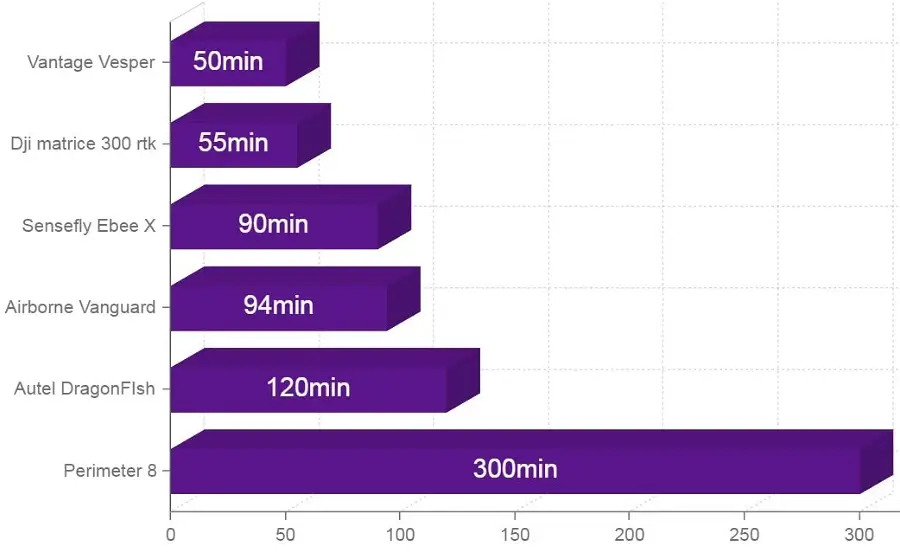
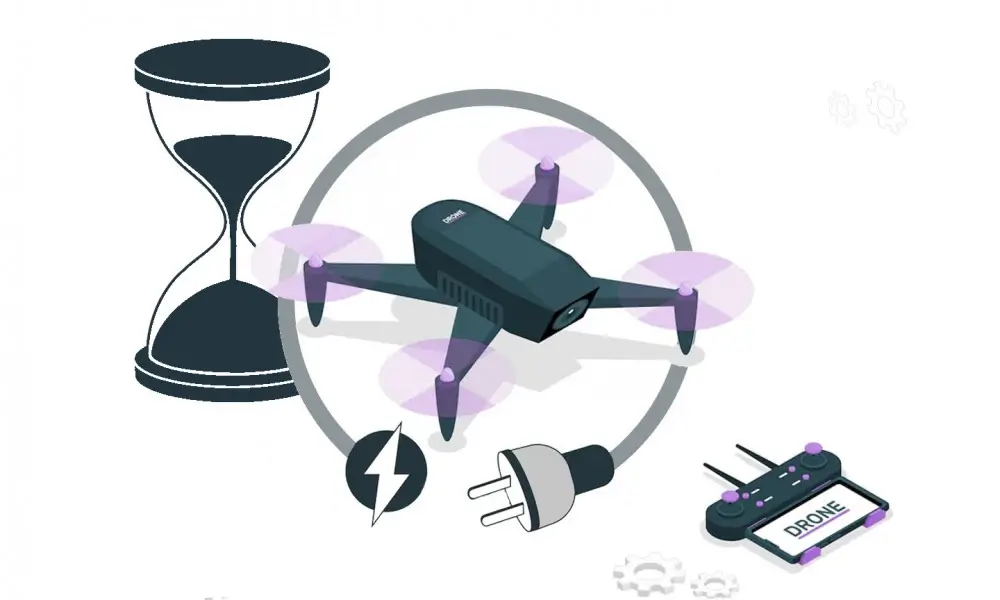
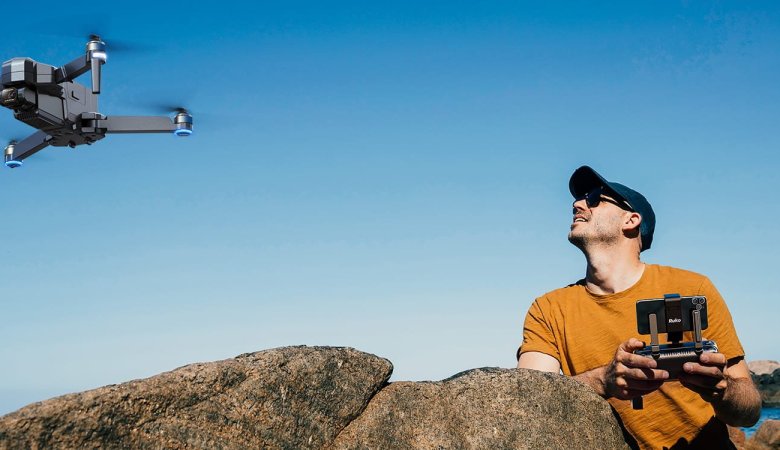
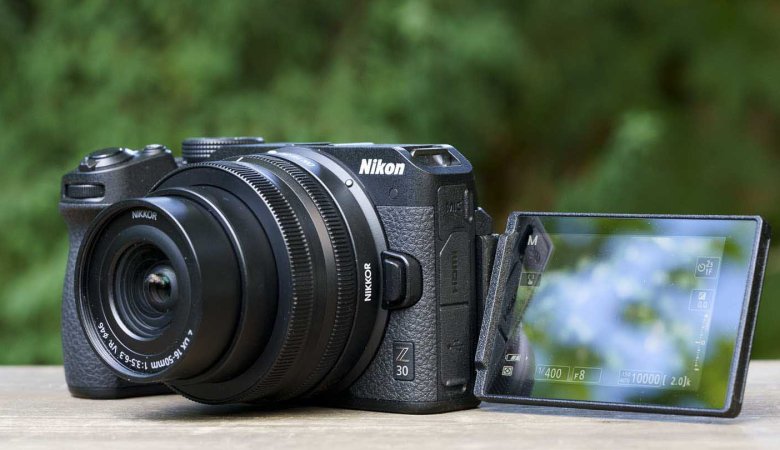
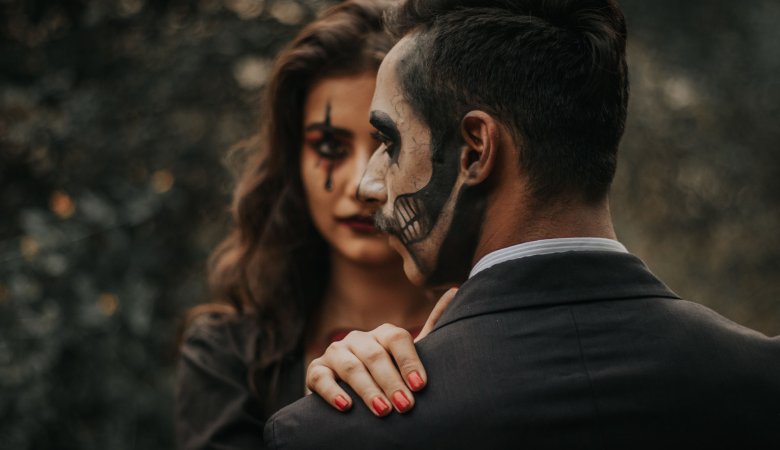

Leave a Reply